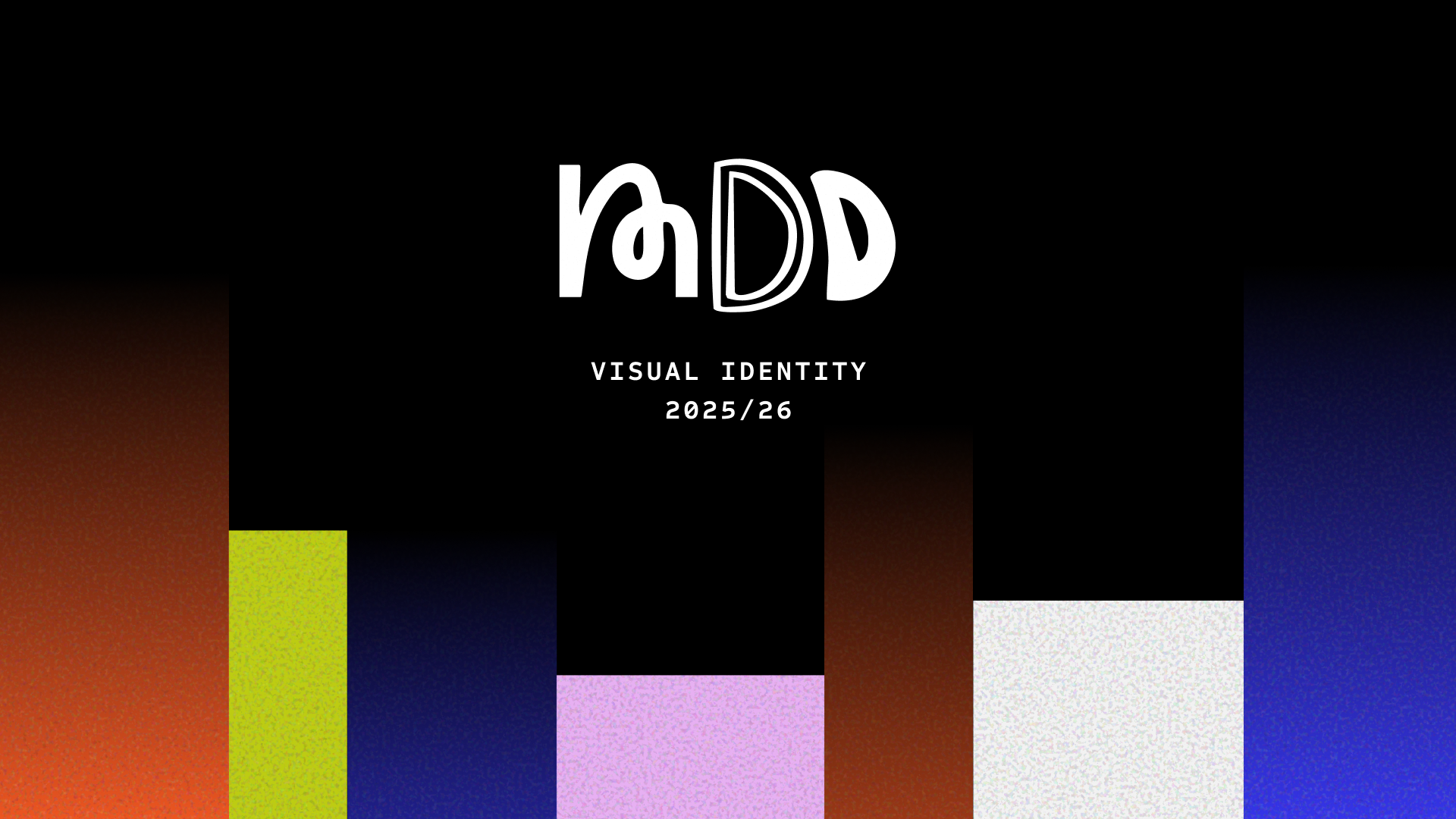Frolic Studio: “If you have a process you’re less volatile”
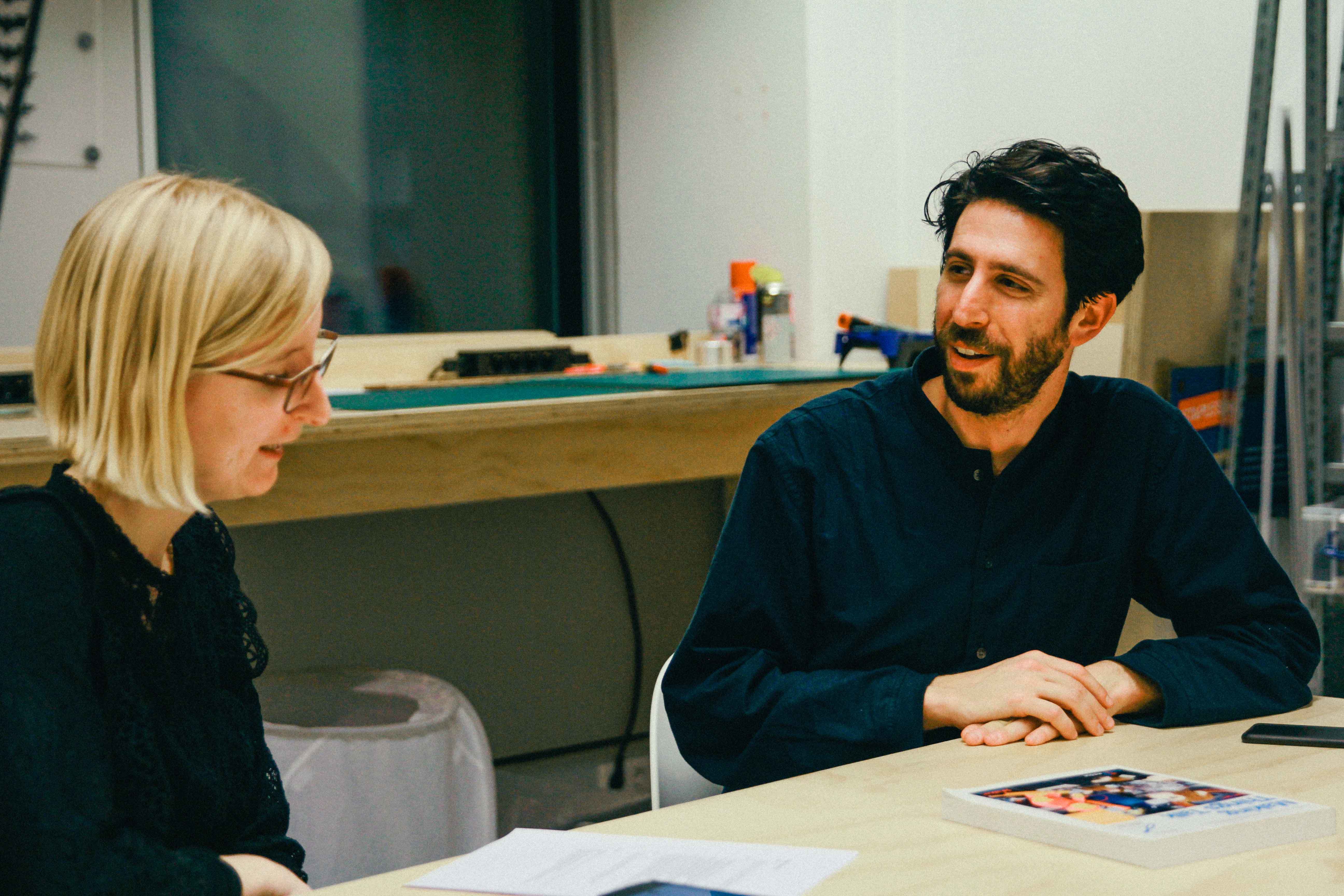
Streamlining the design workflow may be a challenge for freelancers and studios alike. But Frolic Studio swears by their process. In this interview, co-founder Andrew Spitz sits down with student Wendy Plas to discuss more about the importance of a clear design process.
Frolic Studio is the brainchild of Andrew Spitz and Ruben van der Vleuten. Their portfolio includes a wide diversity of clients: from startups to socially driven projects.
But what’s most curious about them is their very own design process that they apply in everything they do.
Following a masterclass at our programme’s Lab, Andrew Spitz sat down with me to share more about the way Frolic Studios works.
Wendy: Jumping straight to it, at Frolic Studio you’ve got your very own design process. Why?
Andrew Spitz: With a design process you can have consistent outputs, which is quite important. Like that, we don’t rely on luck or hope that you’ll feel inspired. Especially if people get sick, go on holiday or you need to hire a freelancer. If you have a process you’re less volatile. Without a process, you might skip user research or a workshop to understand what the client really wants or other important things that need to happen. Otherwise, I’ll just make the final output. But with a process you kind of force yourself to actually go through the process.
W: So, what does your process consist of exactly?
AS: If the goal is to manufacture a product, then there will be four key phases. The first phase is discovery: trying to understand the user, the markets, and the client’s needs. At the end of that discovery phase, we take into account concepts and directions that really make sense for the project.
Then we go into the design phase and do sprints of two weeks where we kind of do design stretches or basically pick some goals for the project. In the third phase, we design prototypes for that and test it in front of users a bunch of times. Depending on the complexity of the product, we do two iterations or maybe four times these sprints.
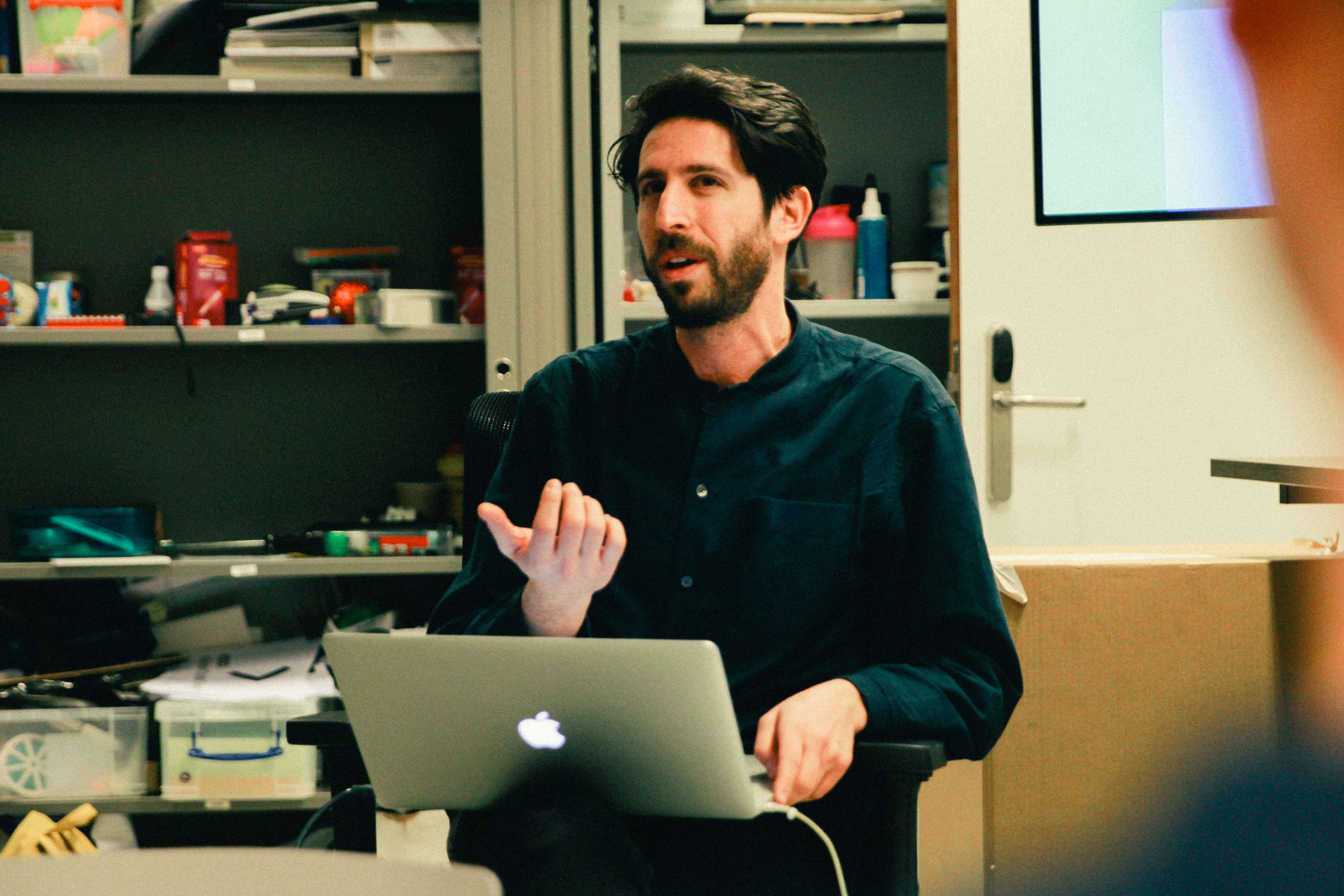
And, then, at the end, we have our final proof of concept.
So, by working out the user experience we know with confidence whether a product is suitable for production and the market. That’s because people often think they want something and then you make it and then it turns out it’s just not the right thing. But if you go through these steps, you get to the point where it’s validated because you really tested it.
At the end of the design process, we move on to what we call the pilot phase, which is basically where we take that one unit, make a bunch of them, and we put them in the hands of real users for a longer period of time - maybe three months. We get a lot of learnings from that and we use them in our last refinements to make it ready for production and get it through the production phase. So that’s the full process.
W: Does it ever happen that you also feel that it doesn’t work in a way?
AS: Yeah, all the time! That’s why we make our process so iterative. Without testing with people you’ll just think it’s all fine. And then, in the end, it’s not. But we break it up into all these chunks, all these sprints, workshops and put it in front of users so that we can learn along the way and minimize the chances of building the wrong thing.
W: How do you ensure the process is always applied?
AS: That’s the hard part. We just try to sell our process to the clients. And we do not give an option to not do it. It’s never as ‘we don’t want to do it’; it’s got more to do with the budget of the clients and saying that if they want to get to the final thing then we need to do that first. I think it comes down to finding the right clients and having enough budget to do it and also having the same views that they trust to get a better output.
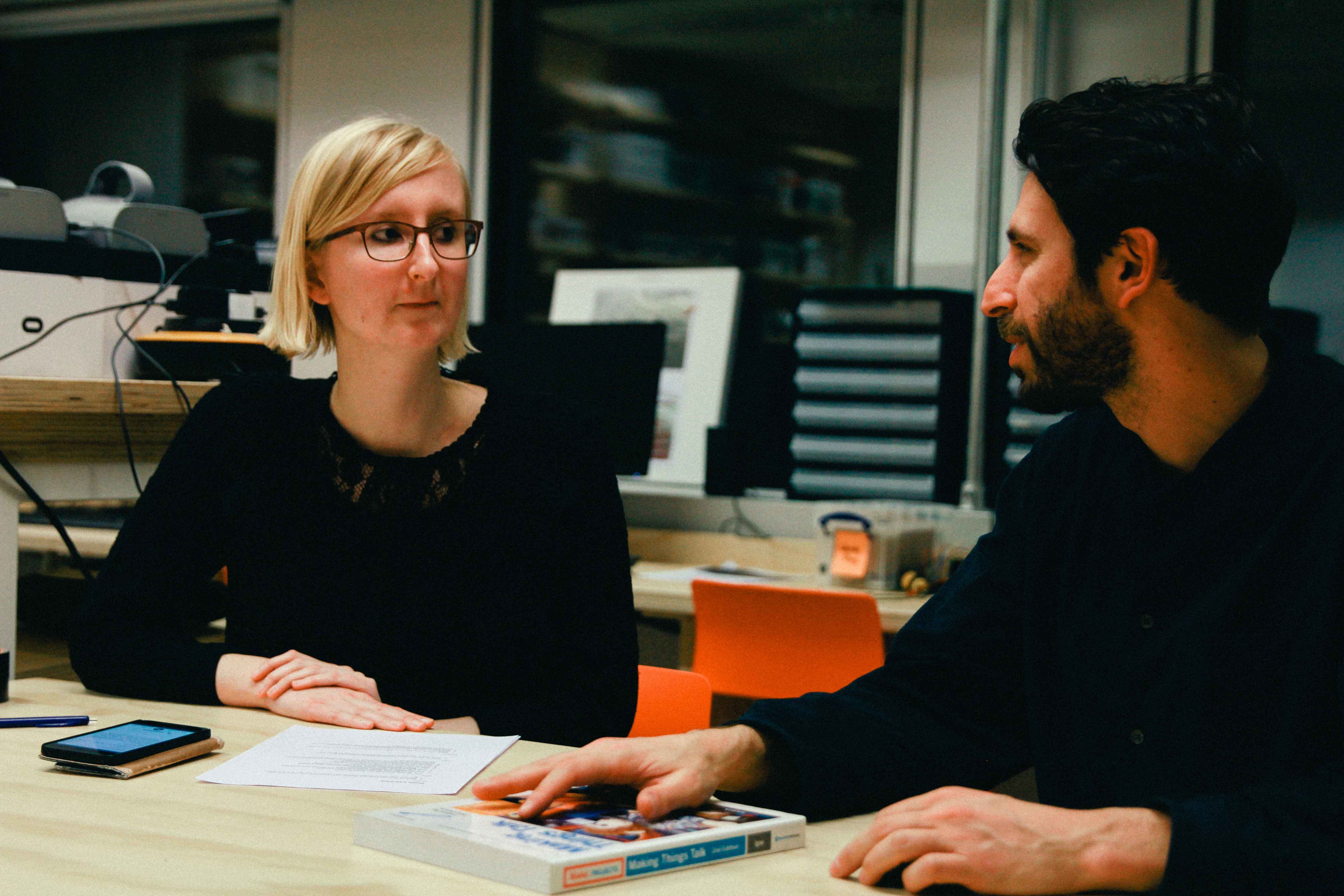
Prototyping is probably the biggest and most important part of our process. We prototype literally everything.
W: How is the process around prototyping and which technologies do you use?
AS: A lot of Arduino. During the prototyping we usually have two or three parts. There is the electronics part, where we first do breadboard stuff and then we’ll make a PCB and order that.
The Arduino will fit more in the breadboard side of things and then often we’ll have Arduino-friendly modules, like a tiny little Bluetooth module.
Then, we’ll 3D-print a lot of low fidelity prints using our FDM printer. And with our SLA printer, we make high-fidelity prints.
Prototyping is probably the biggest and most important part of our process. We prototype literally everything. Even if it’s a small little thing out of clay, just to get a feel for the shape or like just a form test.
W: How do you go from prototyping into the next step?
AS: So, when I say we do these sprints is because we keep refining. If you think long term, it goes from low-fidelity to high-fidelity, all the way to production. It’s kind of the same process every time but, at some point, we’ll just invest a lot in the prototype and we’ll get it to look really real. I mean, when the user has it in their hand it needs to look like a real product. For that, we’ll outsource from a company to make the model really well. But that’s only once we know for sure that what we’re making makes sense to make.
W: How do you involve the user in the process?
AS: Right away. Straight after a meeting with the clients, we do a workshop where we try to understand what their goals are. Then we’ll pick a target group, we’ll research them, start building prototypes and use it. But if we do a self-contained small project we’ll go straight to the user and look at how they work in practice.
We just did a project we didn’t understand much about. So, our first day of the project was to observe and see how people do their work normally. This helped us build insights and design more correctly for them. Once at the end of the process, we’ll put it back in front of these users and new users and see if it’s actually working or not.
Sometimes you just think something feels so intuitive and then you actually put it on someone and then they either don’t get it or they just don’t use it in that way.
So, we involve them as much as we can. But we didn’t use to, this is really new now. Actually, both my business partner and I started the company partly because we kind of rebelled a bit during our studies. We didn’t like user research so much and the school was so obsessed with it. And we believed that if we made something quickly to validate, we’d get all the answers needed. Which is kind of true but you also need user-research.
Now our studio finds this super important and we won’t do projects without testing with the users to minimize the chances of designing the wrong thing. I mean, sometimes you just think something feels so intuitive and then you actually put it on someone and then they either don’t get it or they just don’t use it in that way. That happens more often than I’d like.
W: Do you also have specific design methods that you use during the process?
AS: The sprints got a bunch of stuff in that, but this really depends on the context. We have a book full of methods and we pick and choose what’s best for each process. I think the method will be the sprint itself, which is a variant of the Google Ventures Sprint and it’s usually four days.
Some projects are really tech-focused, some are pure industrial design and some are connected. So, it’s like everything: it depends.
W: I saw that you developed the 24h Frolic method to come up with your own ideas in 24 hours. How did that work?
AS: The 24 hours were very tiring. What we do now is basically the same idea but in the course of two weeks. And to a much higher level because now we involve the users. In the 24 hours it was just building out a concept, but it had no context and users. It’s nice to visualise and experience something, but now we get more real and in-depth.
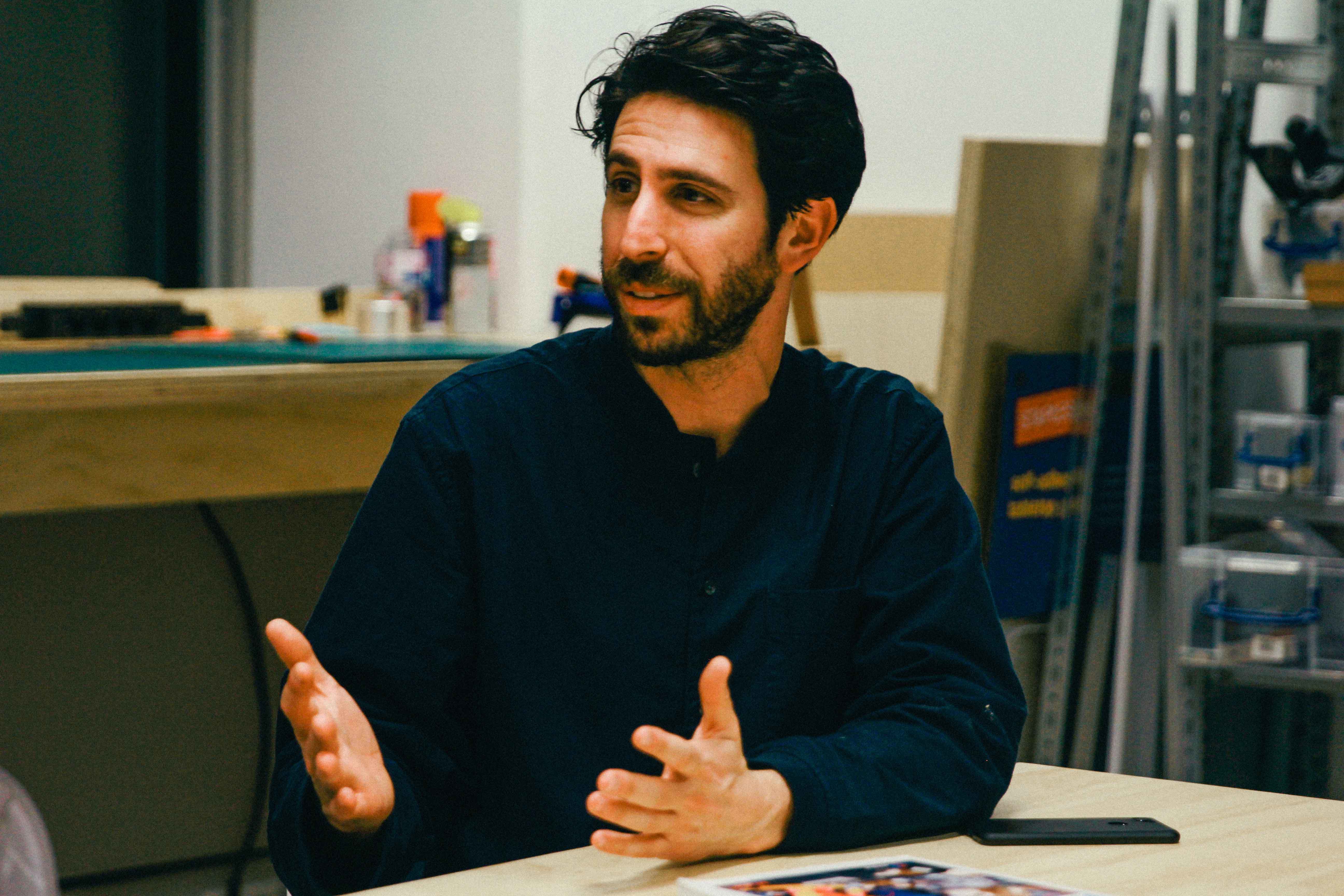
W: Which kind of topics and trends are you really interested in at the moment?
AS: Well, on product level, connected products or Internet of Things… But we’ve always done that. Now we’re being more conscientious of projects that are better for the planet. That’s where we’re putting most of our love towards. That means making sure that we produce consciously and don’t make something because it’s cheaper. Often clients want the cheapest production technique but we want to be able to offer ways to manufacture in a better way. So, we try to educate ourselves a lot on that and do projects that are more fitting.
And, generally, more socially driven projects. We worked with an NGO on a connected hidden camera to help uncover human rights violations. Then all the footage can be shown in the court of law or given to the media like BBC and CNN. These kinds of projects we really enjoy because it matters a bit more.
All photos by Katy Barnard

